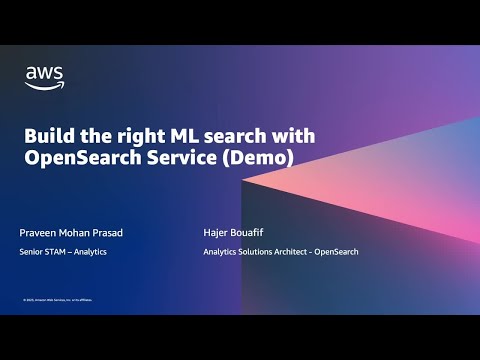
Amazon Relational Database Service (Amazon RDS) is an easy-to-manage relational database service optimized for total cost of ownership. It is simple to set up, operate, and scale with demand. RDS automates undifferentiated database management tasks, such as provisioning, configuring, backing up, and patching.
RDS allows customers to create a new database in minutes and offers flexibility to customize databases to meet their needs across eight engines and two deployment options. Customers can optimize performance with features like with two readable standbys, optimized writes and reads, and AWS Graviton3-based instances, and they can choose from multiple pricing options to effectively manage costs.
Learn more about Amazon Relational Database Service: https://go.aws/rds
Subscribe to AWS: https://go.aws/subscribe
Sign up for AWS: https://go.aws/signup
AWS free tier: https://go.aws/free
Explore more: https://go.aws/more
Contact AWS: https://go.aws/contact
Next steps:
Explore on AWS in Analyst Research: https://go.aws/reports
Discover, deploy, and manage software that runs on AWS: https://go.aws/marketplace
Join the AWS Partner Network: https://go.aws/partners
Learn more on how Amazon builds and operates software: https://go.aws/library
Do you have technical AWS questions?
Ask the community of experts on AWS re:Post: https://go.aws/3lPaoPb
Why AWS?
Amazon Web Services (AWS) is the world’s most comprehensive and broadly adopted cloud. Millions of customers—including the fastest-growing startups, largest enterprises, and leading government agencies—use AWS to be more agile, lower costs, and innovate faster.
#AmazonRDS #AmazonAurora #AWS #AmazonWebServices #CloudComputing











